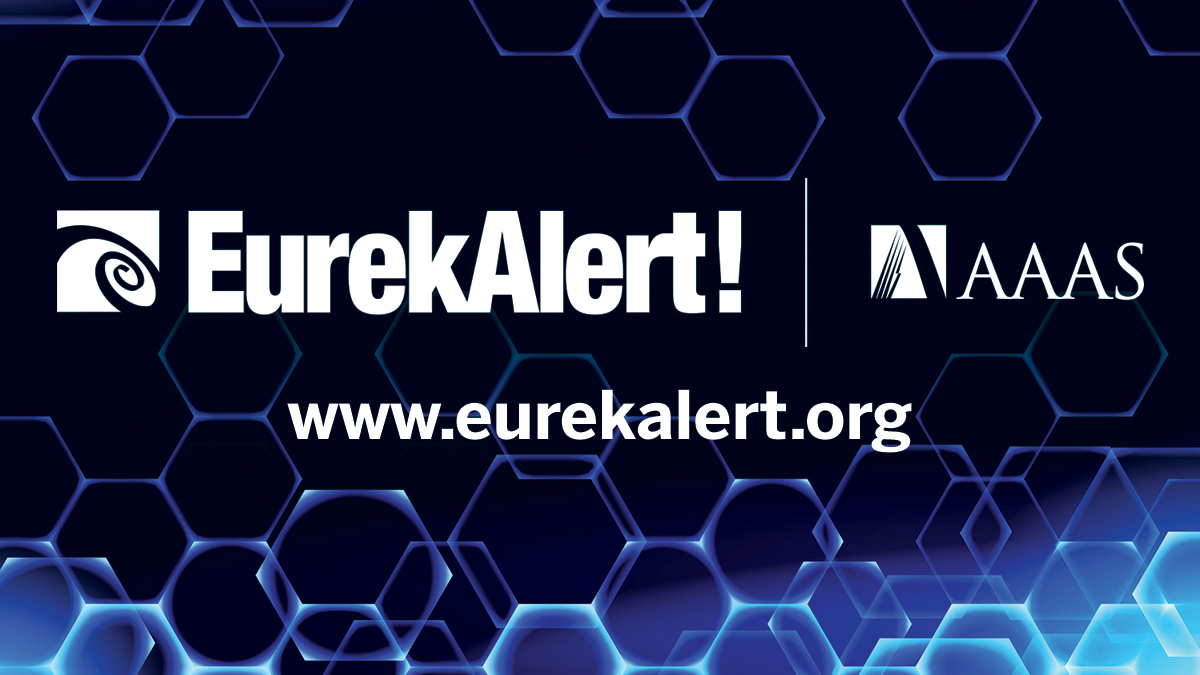
During the large second wave of the COVID-19 pandemic in fall 2020, pulmonologist and critical care provider Juan C. Rojas, MD, reflected on how disproportionately members of minority populations were being affected by the disease. After hearing similar thoughts from colleagues in New Orleans and New York City, Rojas began to wonder how, if at all, state governments planned to ensure these disparities would be addressed when COVID-19 vaccines were rolled out to the public.
In a new study published July 2 in JAMA Network Open, Rojas and his team were surprised to find that while 43 states (out of 51, including all 50 states and Washington, D.C.) created a committee to develop a vaccine distribution plan, only 20 plans mentioned using a health equity committee to assist with plan development. Of those 20 health equity committees, only 8 actually included minority group representatives, with remaining members including physicians, government officials, ethicists and clergy.
“It wasn’t surprising to find that there was variability across states, but it was surprising to find that most states didn’t have a committee of diverse stakeholders to help address this equity problem,” said Rojas, who was senior author on the study. “There weren’t many places where patient advocates were included on the committee to add a voice about the additional challenges that might exist for these vulnerable patients.”
Additionally, the team found that states used different high-risk criteria and medical conditions to determine which group would get priority vaccine access.
“Some states prioritized people over 65, while others prioritize people over 75,” said Rojas. “Diabetes and obesity were the most common high-risk conditions listed in the plans we looked at. But then, sickle cell disease, which is much more common in African-Americans than in other ethnicities, was only listed as a high-risk condition in 72% of plans. But a high-risk condition is high-risk, no matter what state you live in. This shows that we could do better as a country to develop consistent parameters for these kinds of situations.”
The researchers analyzed early versions of these plans, and acknowledge that most remained in “draft” status throughout their analysis since each state’s task force continued to adjust and update vaccine rollout efforts. In future studies, the team hopes to investigate how those plans translated to outcomes in vaccine distribution.
“Now that we have more vaccine available, how have these states performed?” said Rojas. “We’re looking county by county, and state by state, to see if the equity planning done by individual states actually bore out in better vaccination rates for those high-risk patient populations.”
Rojas hopes that this work can be used to help inform ongoing COVID-19 vaccination efforts, but more importantly, that it can help guide policies for potential future healthcare crises.
“The important takeaway here is that having a standardized process in which states and the country can use to roll out something as valuable and complicated as a vaccine to our citizens, with an acknowledgement of existing healthcare disparities,” he said. “There need to be conversations about equitable distribution, first by acknowledging that these disparities exist, and then by thinking about how we can create policies that will ensure adequate and equitable access to these vaccines.”
###
The study, “US National Evaluation of Health Equity in COVID-19 Vaccine Distribution Plan,” was supported by the American Diabetes Association (7-20-COVID-053), the National Institutes of Health (U54 GM104940) and the Centers for Disease Control and Prevention (75D301-20-R-67897). Additional authors include Amber Hardeman and Joshua Denson of Tulane University; and Taylor Wong and Radu Postelnicu of the New York University Grossman School of Medicine.
About the University of Chicago Medicine & Biological Sciences
The University of Chicago Medicine, with a history dating back to 1927, is one of the nation’s leading academic health systems. It unites the missions of the University of Chicago Medical Center, Pritzker School of Medicine and the Biological Sciences Division. Twelve Nobel Prize winners in physiology or medicine have been affiliated with the University of Chicago Medicine. Its main Hyde Park campus is home to the Center for Care and Discovery, Bernard Mitchell Hospital, Comer Children’s Hospital and the Duchossois Center for Advanced Medicine. It also has ambulatory facilities in Orland Park, South Loop and River East as well as affiliations and partnerships that create a regional network of care. UChicago Medicine offers a full range of specialty-care services for adults and children through more than 40 institutes and centers including an NCI-designated Comprehensive Cancer Center. Together with Harvey-based Ingalls Memorial, UChicago Medicine has 1,296 licensed beds, nearly 1,300 attending physicians, over 2,800 nurses and about 970 residents and fellows.
Visit UChicago Medicine’s health and science news blog at http://www.
Twitter @UChicagoMed
Facebook.com/UChicagoMed
Facebook.com/UChicagoMedComer
Disclaimer: AAAS and EurekAlert! are not responsible for the accuracy of news releases posted to EurekAlert! by contributing institutions or for the use of any information through the EurekAlert system.
